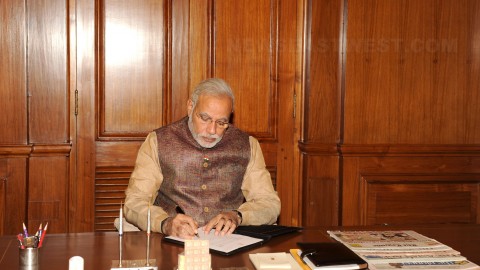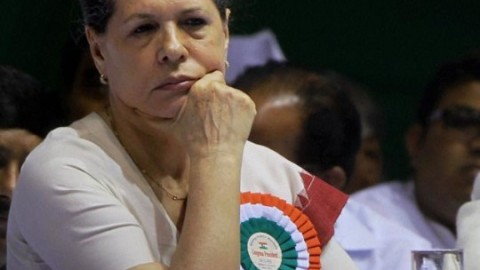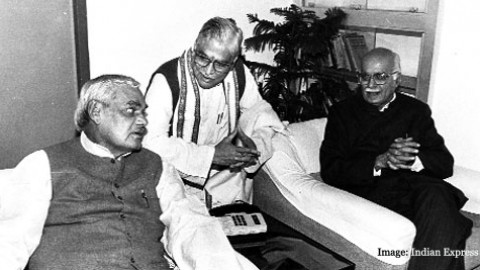As the Modi-led government braces to showcase its proud and high achievements on completion of one year in office and coming to power, the Prime Minister has decided to launch the anniversary celebrations with a rally in Nagla Chandrabhan, a small village in Mathura, Uttar Pradesh, on May 25.
The village is considered to be the birthplace of former Jan Sangh president Deendayal Upadhyay, whom the party has been consistently trying to project as a ‘bulwark’ against the influence of ‘deeply entrenched Nehruvian legacy’ on Indian politics. In the past one year, projection of Updhyay has apparently been ‘large’ on most of the schemes that the government has either announced or officially implemented, as well as several programmes organized by RSS.
While schemes such as ‘Antyodaya’ and ‘skill development programme’ have been directly named after the veteran, other party sources say that other big economic reforms such as the Foreign Direct Investments, Jan Dhan Yojana or the recently announced Pradhan Mantri Suraksha Bima Yojana” (accident insurance), ” Pradhan Mantri Jeevan Jyoti Yojana” (life insurance) and “Atal Pension Yojana” all draw the base plans from Upadhyay’s idea of reaching ‘even the last man in the queue.’
This projection may be considered as something out of the character or the normal path, for he was a man who was neither the true founder of the party Jan Sangh (BJP’s mother party), nor it’s first official president, nor an electorally elected successful politicia (he lost the only election he fought from a Sangh stronghold). But for the Sangh, Upadhyay is the ‘most potent force of all Sangh icons to override the Nehruvian consensus’. Also, there are some who feel that Upadhyay’s importance extends beyond the context of Nehru.
Former RSS pracharak and the former editor of the Panchjanya and historian Devendra Swaroop, who has personally witnessed and chronicled the lives and works of most leaders of Jan Sangh, considers Upadhyay an eminent personality.
Tags: BJP Narendra Modi Nehru Legacy








